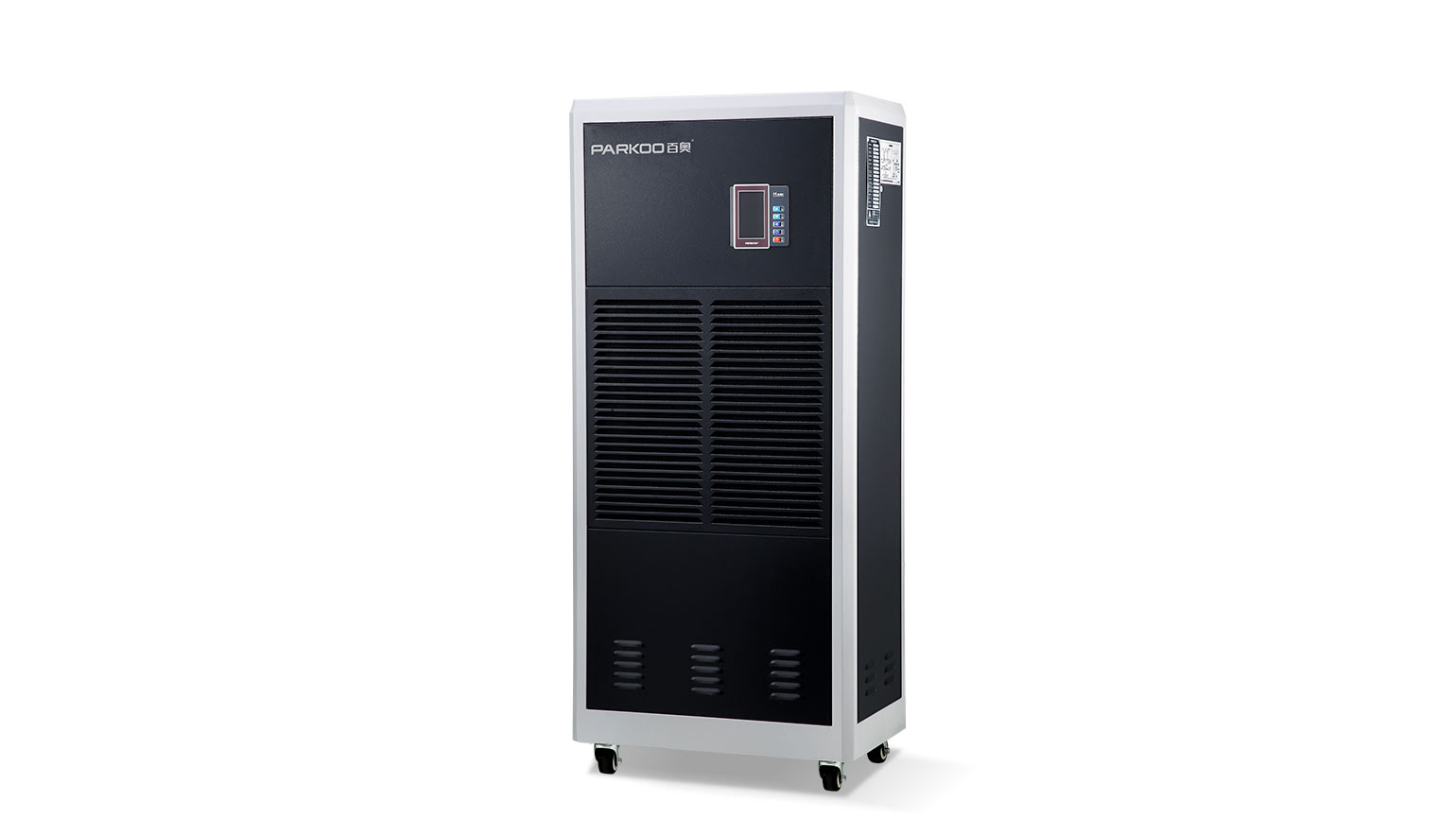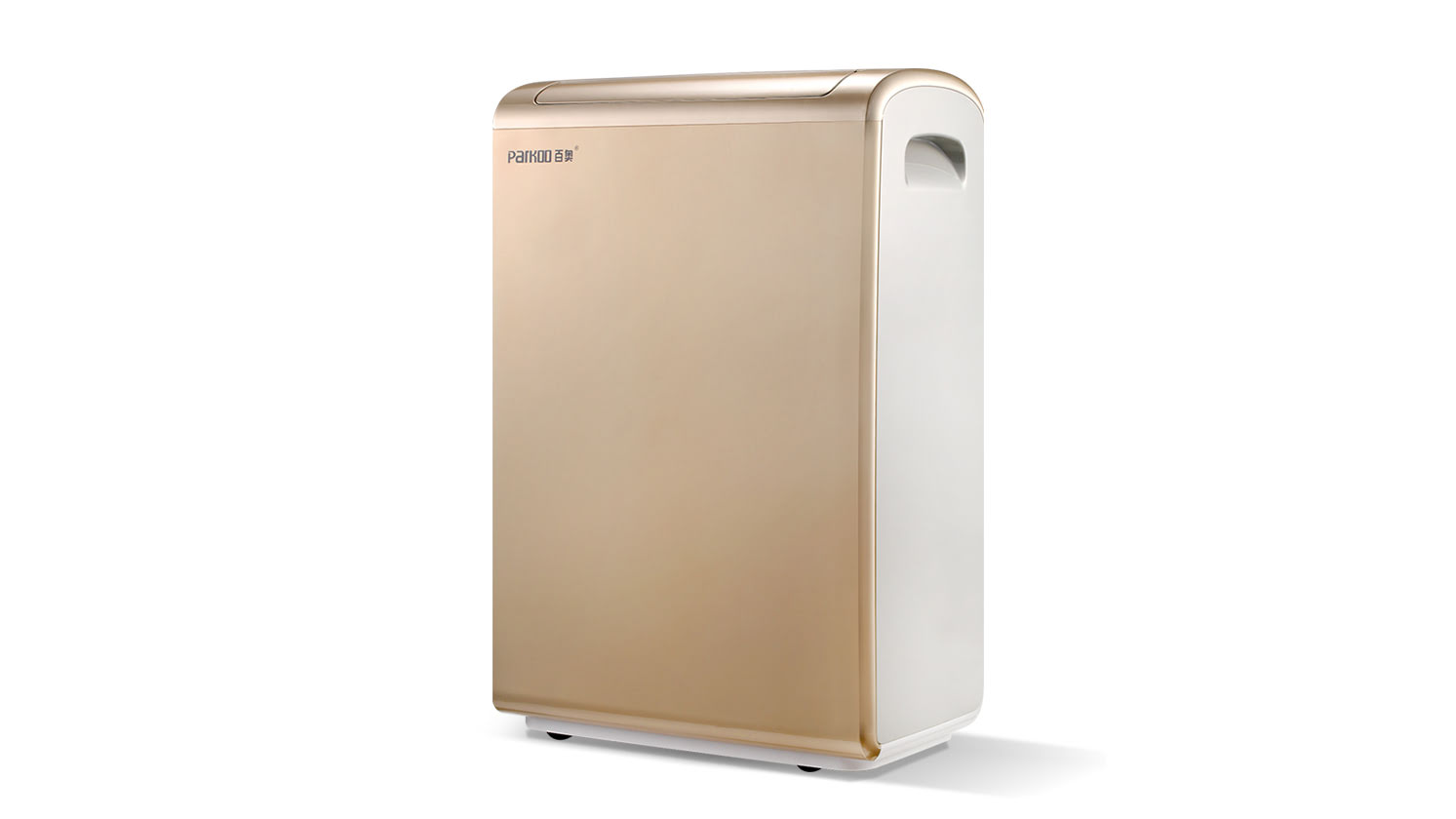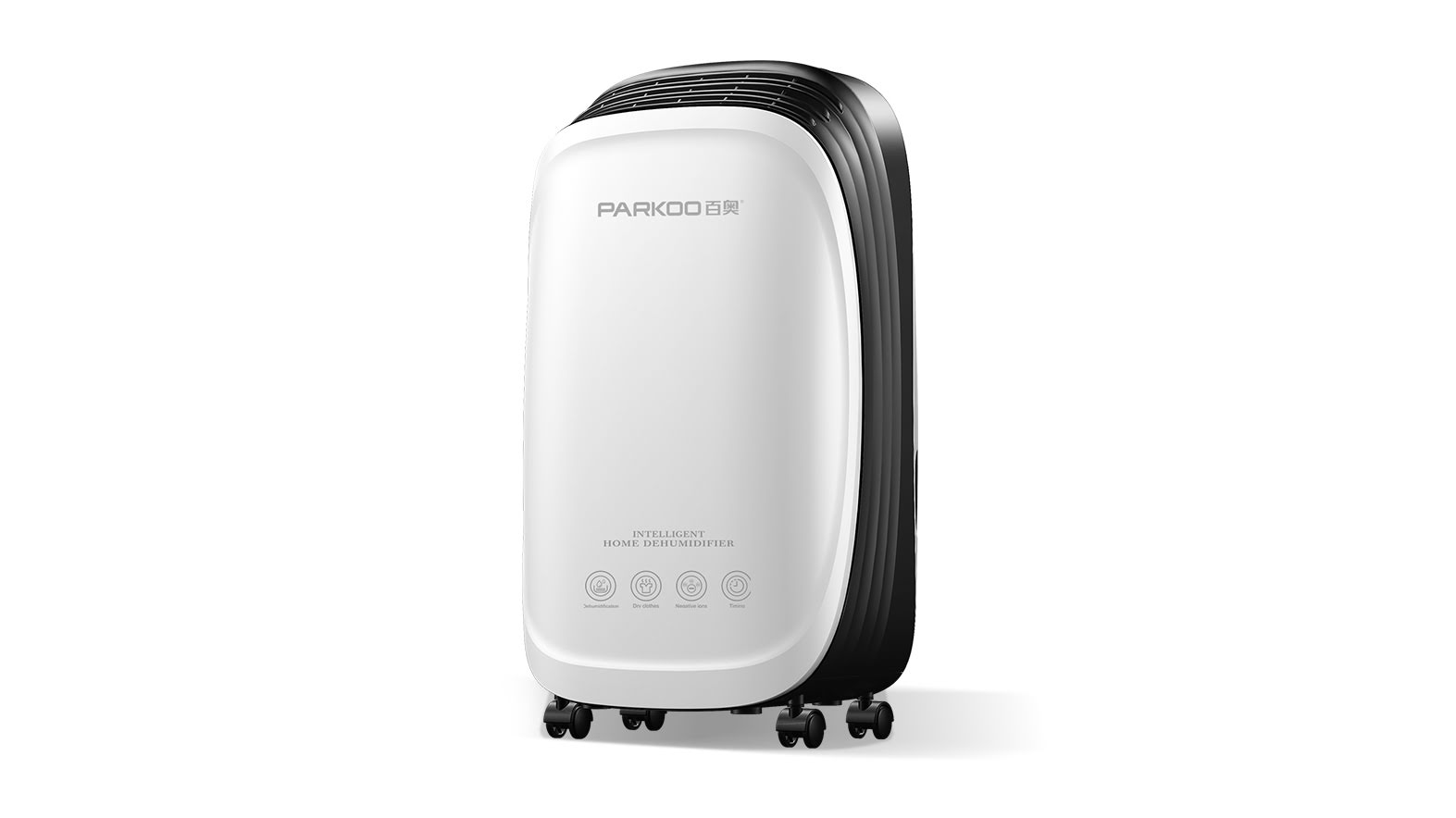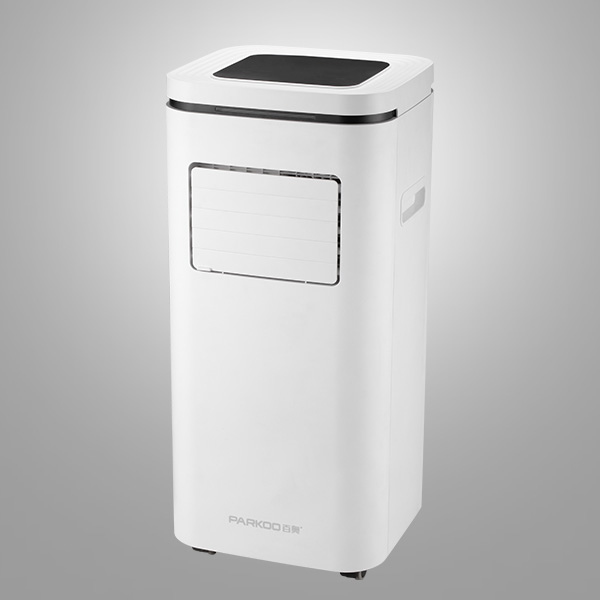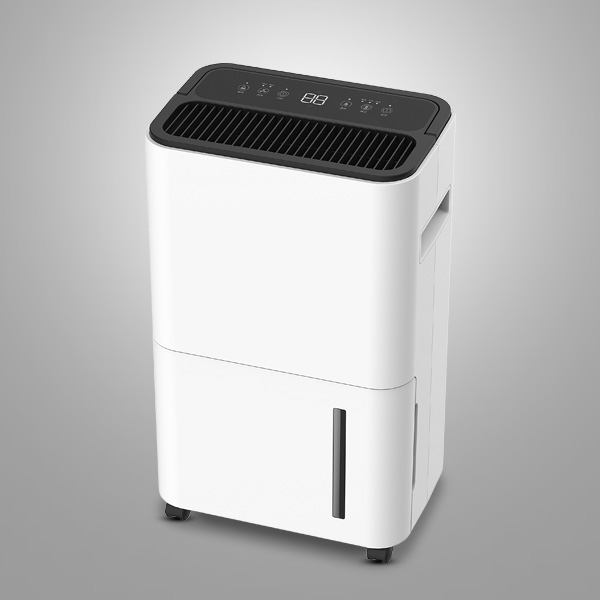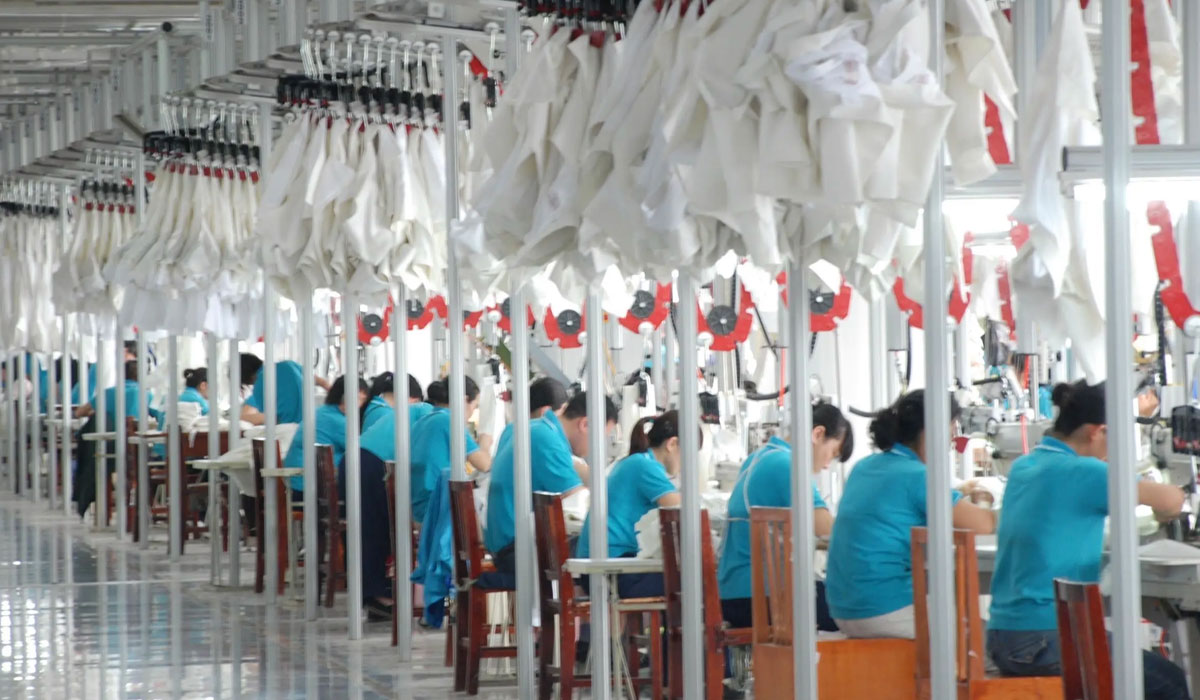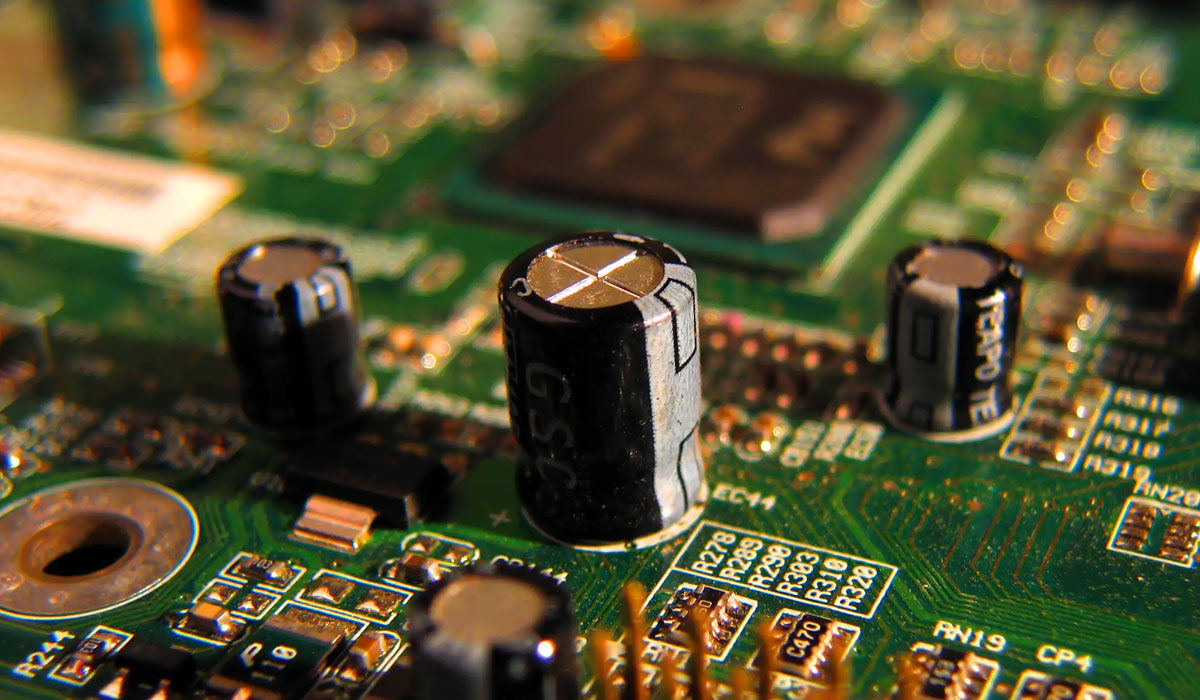At present, the constant temperature circulating device used in the laboratory is mainly used to provide high temperature or low temperature liquid heat source outside the equipment. The main structures of such devices include heater (and/or cooler), circulating pump, heat exchange vessel and temperature control device. The temperature range of the heat source provided by the existing constant temperature circulation device is small, and the application range is correspondingly small. Its structure also varies depending on the temperature range.
For the temperature range of - 40 ℃~200 ℃, three temperature circulating devices are required to cover the temperature range. If the temperature range is from room temperature to above 200 ℃, the circulating device that usually needs to use high flash point heat transfer oil as the heat transfer medium is a high-temperature constant temperature circulating device.
Due to the small temperature range of these devices, if a certain experiment requires both low temperature and high temperature treatment, when the temperature range exceeds the temperature range that the existing equipment can provide, or although the temperature range meets the requirements, but the working fluid needs to be changed midway to achieve the entire temperature range, no device can complete the test alone. Therefore, it is possible to increase the difficulty of the test, interrupt the test and even cause the test to fail and cannot be repeated.
The special wide temperature range dynamic constant temperature circulation system for testing can provide a constant temperature circulation device for low temperature and high temperature liquid heat sources, and provide conditions for scientific research, analysis and testing to achieve high-precision temperature control or environmental simulation in a wide temperature range. The products are widely used in pharmaceutical, chemical industry, electronics, national defense and military industry, aerospace and other fields. The innovation of the product is the linear and sinusoidal setting and mixed call of fast temperature rise and fall variable structure control, which is based on a dynamic constant temperature circulation system with a medium in the same device in the range of - 80~280 ℃.
In addition, in order to shorten the test cycle, many experiments require that the simulated temperature change test be conducted at a faster rate than the normal temperature change. Therefore, in addition to the relatively high requirements for temperature fluctuation, we also hope that the temperature change rate should be faster, and we can program according to certain rules. The existing devices can not take into account the better temperature fluctuation and faster temperature change rate at the same time.
The technical problem to be solved by this product is to overcome the shortcomings of the prior art and provide an improved constant temperature circulation device. It not only has a very wide temperature range, and does not need to replace the heat transfer medium in the entire temperature range, but also can solve the contradiction between high-precision constant temperature and temperature rise and fall rate, making it possible to carry out continuous and rapid high-precision temperature programming simulation tests within an extremely wide temperature range.
Structural characteristics
A wide temperature range dynamic constant temperature circulation system includes a heat exchanger, a circulating pump, a liquid storage tank, a controller and a heater installed in the heat exchanger. The circulating pump is installed on the heat exchanger, the outlet pipe and the inlet pipe are respectively connected to the user's system, the outlet pipe is equipped with a temperature sensor, and the heat exchanger is surrounded by thermal insulation materials.
The controller is electrically connected with each sensor, valve, circulating pump and heater through the circuit. The product also includes a refrigeration system, and the evaporator of the refrigeration system is installed in the heat exchanger. The heat exchanger is a closed structure composed of a tank and a cover plate. The heat exchanger, the circulating pump, the outlet pipe and the inlet pipe form a medium circulation system and are isolated from the atmosphere. The liquid storage tank and the heat exchanger are connected by a pipe with a solenoid valve.
Limited by the pour point, kinematic viscosity and flash point of the heat transfer medium, it is difficult to find a medium that can be used at the lowest temperature and the highest temperature at the same time under normal pressure. In addition, at low temperature, the heat transfer medium is easy to absorb water in the air, which will increase the freezing point of the medium or make it turbid. When the temperature exceeds 100 ℃, the absorbed water vapor will volatilize again. At high temperature, the medium volatilization, smoking, oxidation and other problems may cause bad test environment and deterioration or failure of the heat transfer medium in a short time.
The difficult problem of medium selection can be well solved by using a closed heat exchange vessel. The heat exchange vessel adopts a completely sealed structure to isolate the connection between the working medium and the external environment, so as to prevent the medium from condensing and absorbing moisture in the air at low temperature, and the medium from smoking, oxidation and deterioration at high temperature. The size of the heat exchanger is determined according to the following principles: the circulating pump body, electric heater and evaporator can be conveniently installed to ensure that the heat exchange medium achieves the best heat exchange effect, and the heating and cooling rates meet the user's needs for heat capacity.
In order to ensure that the whole circulation system is closed, the structure and seal of the circulation pump are the key to solve the problem. If the sealing of the circulating system is only to solve the problem of isolating the medium from the outside air, the pressure inside the circulating system will generally not exceed 0.1MPa, and the circulating pump with mechanical seal can meet the requirements, but it is still required that the mechanical seal can withstand the continuous impact of high temperature and low temperature that meet the requirements of the device temperature range for a long time.
If the sealing of the circulating system needs to withstand a pressure of more than 0.1MPa and a wide temperature range, this product uses a samarium cobalt magnetic high efficiency magnetic drive circulating pump. Its sealing performance can withstand a working pressure of more than 1MPa. Its unique magnetic coupling structure reduces the consumption of cooling capacity for motor operation, and its maximum operating temperature can reach more than 350 ℃. The flow and head of the circulating pump shall be selected to ensure the user's requirements, while taking into account the kinematic viscosity of the medium used and the need for heat exchange and stirring of the heat exchanger itself
As the circulating system is a closed structure, the closed heat exchanger is connected to the liquid storage tank connected with the atmosphere through the solenoid valve 14. When the circulating device is connected with the user system and starts to work, the medium in the heat exchanger is continuously circulated to the user system, and the liquid level in the heat exchanger decreases, which makes the pressure of the circulating pump drop rapidly.
The controller determines whether to supplement medium to the heat exchanger according to the change of pressure, and opens or closes the liquid supply solenoid valve 14 to ensure that the medium in the heat exchanger meets the requirements of normal operation. In addition, a section of air layer is left on the upper part of the closed heat exchanger as the expansion and contraction space when high and low temperatures change. If the liquid level in the reservoir drops or exceeds a certain limit, the liquid level detection function of the control system can prompt the signal of abnormal liquid level.
The circulation device and the user system are connected by stainless steel bellows that can withstand pressure, high temperature and low temperature. The connection part adopts threaded interface, and the outside of the bellows is insulated by foaming silica gel. The controller 12 mainly includes the central control unit (CPU), power circuit, input/output isolation and drive circuit, etc. It is equipped with a keyboard panel and temperature and status displays that meet the requirements of human-computer dialogue to set and display the control temperature and working status of the device.
The controller can sense signals such as temperature, liquid level and pressure, control the power of heater 16 and the opening of expansion mechanism 13, and control the flow of circulating pump, air volume of condenser fan or compressor power when necessary. The constant temperature circulation device uses a refrigerator and a heater controlled by a microcomputer to realize temperature reduction, temperature rise and constant temperature. The controller regulates the cooling capacity control valve (electronic expansion valve) or heater power of the refrigerator according to the temperature value measured by the temperature sensor and the target temperature set by the user or the temperature data controlled by the program that changes regularly.
working process
The working process of the device is as follows: first, connect the outlet pipe 10-1 and inlet pipe 10-2 of the circulating device with the inlet and outlet of the user's system as required, confirm that the connection parts are accurately and firmly connected, and conduct thermal insulation treatment for each part according to the temperature range.
When starting the circulating device, the controller first detects that the pressure of the circulating pump is insufficient, that is, it is necessary to add medium to the circulating pipe. The solenoid valve 14 opens automatically and fills the pipeline with liquid. At this time, please observe the liquid level in the reservoir indicated by the controller and replenish it if necessary. After the liquid filling is normal, the controller indicates that the circulating pipeline pressure is normal, and the solenoid valve closes automatically.
At this time, the controller will control the operation of the heater and expansion valve according to the difference between the set temperature and the actual temperature. When the temperature error is large, the heater or expansion valve operates at the maximum power, and heats up or cools down at the fastest speed; When the actual temperature is close to the set temperature, the controller will gradually reduce the power of the heater or the opening of the expansion valve. Finally, the controller will coordinate the work of the heater and the expansion valve to keep the temperature stable at the set temperature point.
If the actual temperature and the set temperature are inconsistent due to changes in the set temperature, external conditions or user system thermal load, the control system will repeat the above process to make the temperature reach a new stable state at the maximum rate or program controlled rate.
Features and Applications
There have been literature records on various high-temperature, low-temperature or normal temperature thermostatic circulating devices, but the products that can cover a wide temperature range on the same device and do not need to replace the heat transfer medium within the entire temperature range have not been reported in China, especially the thermostatic temperature range is as wide as - 80~250 ℃, with the continuous and rapid temperature rise and fall function of linear sine mixed programming, which is also at the international advanced level. Especially, the selection of heat transfer medium is relatively easy, and the performance price ratio is far better than that of imported similar equipment.
The basic idea of this product scheme is precise dynamic constant temperature control, that is, while achieving precise constant temperature, it also has the dynamic control capability of rapid temperature rise or drop. Because of this control function, it is possible for users to carry out temperature programming control and continuous repeated tests as required. Within 75Min after the constant temperature is stabilized, the temperature fluctuation does not exceed ± 0.01 ℃.
In case of external disturbances such as power supply voltage change, set temperature change and user system thermal load change, the control system can control the temperature to the set temperature range (± 0.05 ℃) within about 5~10 min. If the temperature range of dynamic control is wide and the speed is fast, the maximum temperature overshoot when approaching the steady temperature does not exceed 0.5 ℃, which can be ignored for some applications. In this case, the temperature stability is almost instantaneous.
The main applications of sine programming include national defense and military industry, aerospace, geotechnical engineering, medicine, agriculture and other meteorological related fields. "Shenzhou V" spaceship circles the earth once every 90 min in space, during which it needs to withstand the test of 180 ℃ temperature difference.
If calculated according to the average rate, the temperature change rate borne by the spaceship is 4 ℃/min, but the temperature change experienced by the spaceship around the earth is mainly caused by the sun light, so the temperature change borne by the spaceship can also be simulated by the temperature control mode of sinusoidal programming. The device provided in this project is of great significance for the research and testing of aerospace materials.
The freeze-thaw cycle test of rock and soil, which provides basic data for building roads and bridges in permafrost regions, needs to continuously simulate the temperature changes of the four seasons. In order to shorten the test cycle, it is expected to simulate the temperature changes of a day in a few minutes. Therefore, the test equipment is required to be able to rise or fall in temperature at a very fast speed, and it is required to continuously cycle round and round, without interruption in a test cycle. Similarly, the temperature change also needs to be simulated according to the sinusoidal law.

